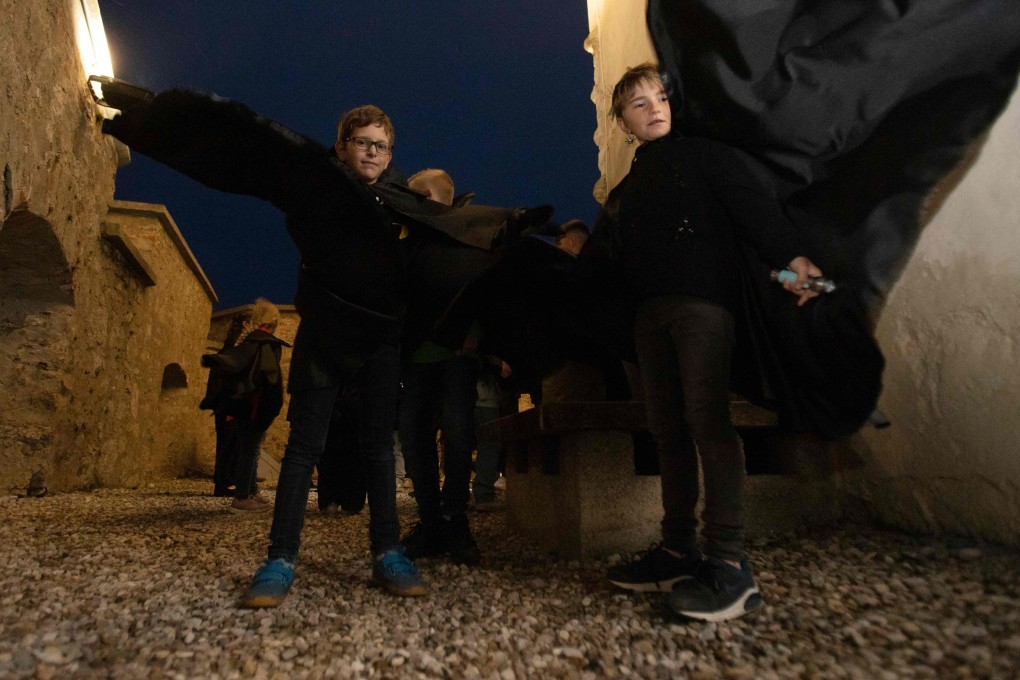The real Count Dracula: story of Vlad the Impaler, handsome, gruesome prince who inspired the fictional vampire character told at Austrian castle
- Austria’s Forchtenstein Castle once belonged to the family of prince Vlad III Dracula, known as the Impaler for his habit of running stakes through his foes
- The inspiration for Bram Stoker’s vampire, Vlad is celebrated there for his heroism fighting the Turks in the 15th century rather than as a chilling monster

Cloaked in a black cape like the infamous count himself, 10-year-old Niklas Schuetz runs through the dark corridors of a hilltop castle in search of the truth about Dracula.
“He was a Romanian prince, not a vampire,” says the boy, as he roams by torchlight through the nocturnal gloom of Forchtenstein Castle.
The group being guided through the Austrian fortress are eager to sink their teeth into the gripping life of Vlad Tepes, the notorious “Vlad the Impaler”, whose descendants once held the castle.
It is home to one of the few paintings of the cruel 15th-century prince, and this Halloween its curators are trying to bring the real historical figure out from the chilling shadow of the monster invented by the Irish writer Bram Stoker.

Rather than being a ghoulish fiend, the real Vlad Tepes had for a “long time gone down in history as a positive figure” who courageously fought the Ottoman Turks, says the director of its collections, Florian Bayer.
